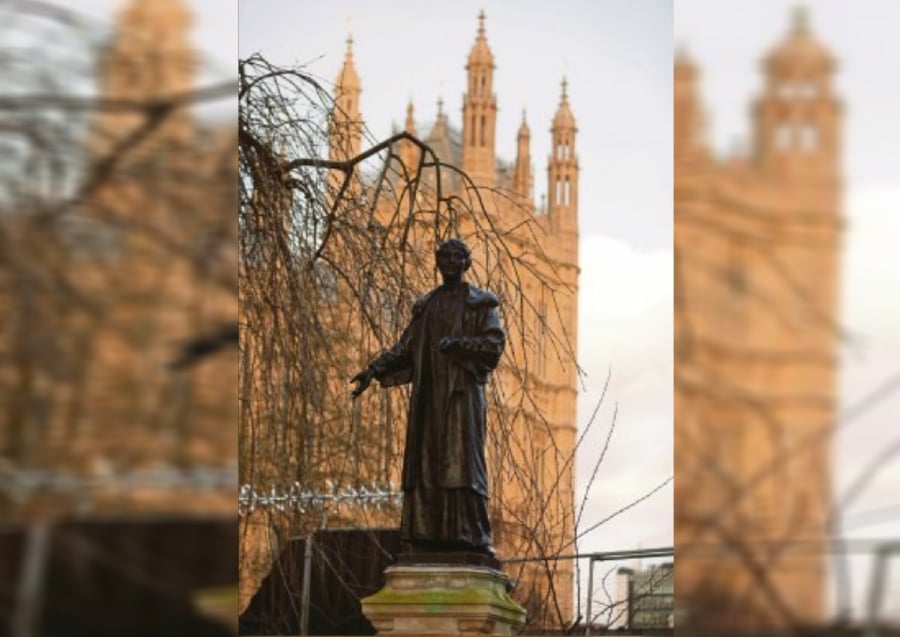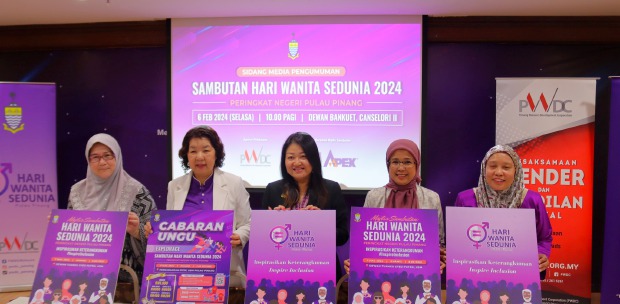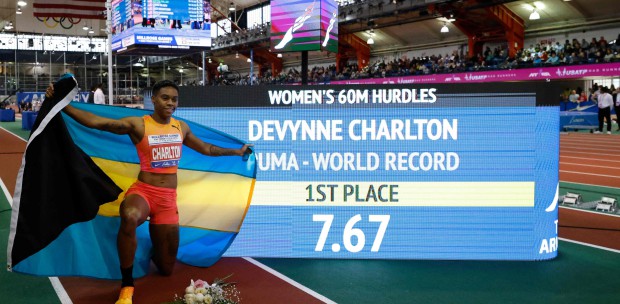THE graphic poster of a prison inmate, a mentally-ill patient and a well-dressed woman in a locked cage desperate to get out could not be more to the point. The metaphor was unambiguous: “Convicts, Lunatics and Women Have No Vote for Parliament.”
That poster, among others, from the Artists Suffrage League was sent to Cambridge University Library in 1910 by Marion Phillips, a leading political activist, who went on to become the Labour member of parliament (MP) for Sunderland in 1929, alongside Emmeline Pankhurst, leader of the Suffragette Movement.
The posters were street ones meant to be plastered on walls as part of a political campaign to raise awareness of the struggle for voting rights for women and their outrage at being excluded from the electoral process in Britain. A bundle of these posters, delivered to Cambridge, survived to be rediscovered 106 years later in 2016.
Tomorrow, millions of women in Britain and the world over will mark the 100th anniversary of the Representation of the People Act 1918 in the United Kingdom, which paved the way for some women over the age of 30 to vote for the first time. This December also marks 100 years since the first general election in which women voted.
Indeed, 1918 was the game changing year for women’s suffrage, for the House of Commons also passed the Qualification of Women Act in November, allowing women to stand as MPs. It wasn’t a universal suffrage for women as such. But, it was a start, for in that general election in December , only 40 per cent or 8.5 million women voted, and they had to own property to qualify to vote; whereas men over 21 years old could vote.
Even then, the hard-fought battle for women’s suffrage was not as straightforward as it seemed. The early 1900s saw many suffrage groups for (and against) votes for women. The first woman to be elected to Parliament, Constance Markievicz, as a member of Sinn Fein, the Irish nationalist party, did not take her seat — a boycott, which Sinn Fein still maintains today. It was left to Viscountess Nancy Astor to be the first woman to take her seat in parliament in December 1919 following a by-election victory.
A decade later in 1928, The Equal Franchise Act enabled women to vote on equal terms with men. However, even in today’s House of Commons, remnants of inequality persists, pertaining to the ungodly hours parliament conducts its business, which affects women MPs with children disproportionately; the lack of gender balance in government cabinets, with Prime Minister Justin Trudeau in Canada the first to commit to and to achieve this in 2015; the huge imbalance in gender parity among MPs; a more generous maternity and paternity leave; and the lack of women-friendly facilities such as workplace crèches and women-only spaces to chill out from the hurly-burly of modern politics.
The Suffrage Movement, as Pankhurst stressed in her speeches, thrived on deeds not words: “We have to free half of the human race, the women, so that they can help to free the other half.”
The historical reality is that no country “gave” women the vote. They had to fight and get it for themselves. So, what can women per se draw from the legacy of the suffragettes? The tragedy is that in the cusp of the 21st century, there are still countries where women are deprived of the vote or frowned upon sitting in parliament with men. Millions of women remain unfranchised because of a rabid patriarchy and misogyny that has served to perpetuate gender inequality and deprivation of women’s rights under the guise of misconceived notions of cultural and religious dogma, and financial costs.
New Zealand was the first self-governing country to give women the vote in 1893, despite women’s suffrage in Britain starting in 1866.
There is a misconception that women’s suffrage is the monopoly of western liberal democracies and that Muslim countries lag behind. In Afghanistan, under the reign of King Amanullah Khan, women earned the right to vote in 1919 after independence from Britain — a year before women in the United States got the universal vote. In Pakistan, the 1956 constitution included “the principle of complete suffrage for designated women’s seats in government”.
Despite a spate of military coups since independence in 1947, women have subsequently played a crucial role in winning elections, the likes of Zulfiqar Ali Bhutto in 1970, whose daughter Benazir emulated her father as Pakstan’s first women prime minister in 1988.
Some Muslim majority countries, such as Bangladesh, Indonesia, and Malaysia, established universal suffrage upon national independence. In most North African countries, women participated in the first national elections or soon following. Soviet Muslim republics in central Asia and Albania have “enjoyed” women’s suffrage from 1917, albeit the governance system was a “state guided democracy” as opposed to a liberal parliamentary one. Turkey gave women the vote in 1934 in national election, Egypt in 1956 and Malaysia in 1957.
Women today play a crucial role in Malaysian politics and are the backbone of Umno, the main component of the ruling Barisan Nasional coalition. Wanita Umno has contributed significantly to the electoral success of successive prime ministers. There is, however, a need for greater gender parity in both Parliament and the government.
In Saudi Arabia, there is no suffrage per se because there are no parliamentary elections, and members of the Shoura are appointed by the king. Many other countries have partial women’s suffrage and in some such as Kuwait, although women have the right to stand for parliament and to vote, many candidates are actively discouraged from participating in the elections by ultra-conservative sections of society.
For the BN, the positive riposte to the legacy of the Suffragette Movement would be to increase the gender balance in Malaysian politics.
The writer is an independent London-based economist and writer






